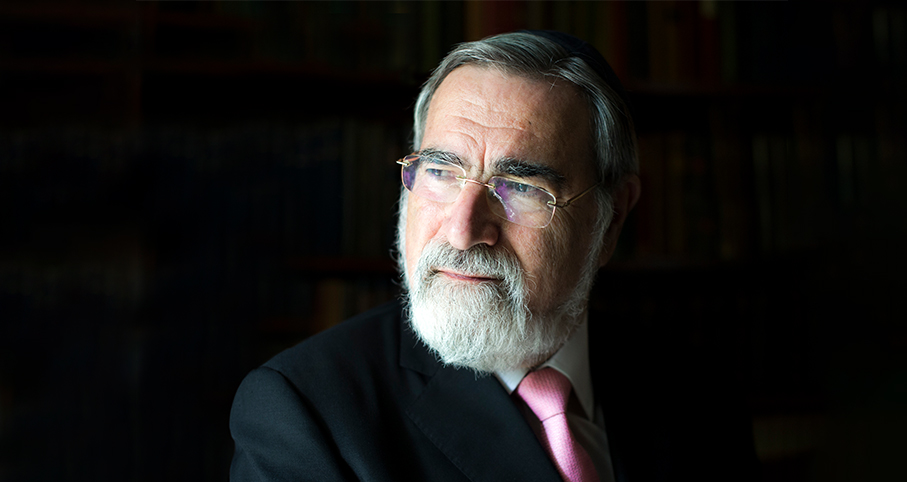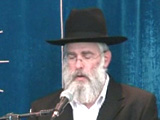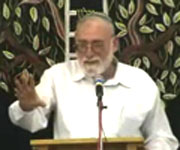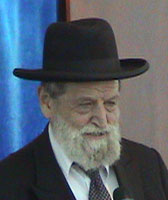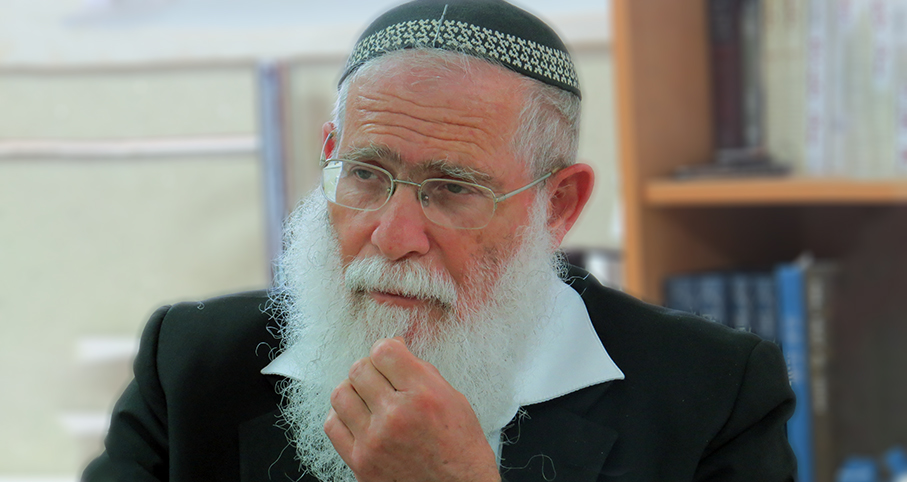Beit Midrash
- Sections
- Chemdat Yamim
- Bemare Habazak - Rabbis Questions
- Shabbat and Holidays
- Laws of Shabbat
- Preparations for Shabbat, Entrance and Exit
Answer: There are varied indications whether hadlakat neirot Shabbat is to honor (kavod) the upcoming Shabbat and/or maximize enjoyment (oneg) of the day (see Rambam, Shabbat 5:1 and 30:5; Living the Halachic Process VI, C-17). Seemingly, there is no gain in these regards to light well before Shabbat.
There is a machloket as to whether hadlakat neirot includes implicit acceptance of Shabbat (Shulchan Aruch, Orach Chayim 263:10). Ashkenazi women accept Shabbat with the lighting unless they make a condition to the contrary (Rama ad loc.). Therefore, early lighting causes early acceptance of Shabbat, which is likely laudable for enthusiasm about Shabbat (see Igrot Moshe, OC III:38). It may also help avoid the remote chance of violating Shabbat, considering the opinion of the Yereim that Shabbat begins around a quarter hour before sunset (Mishna Berura 261:23), the different ways to determine sunset, and the chance of making a mistake about the time. While tosefet (adding onto) Shabbat is required, a few minutes is plenty (Shulchan Aruch, OC 261:2). So why do 40 minutes, when most of the world does 18-20? Some suggest that it is based on the most stringent way to calculate the Yereim’s approach (see Orchot Shabbat 33:(74); Magen Avraham 261:9 with Machatzit Hashekel).

Bemare Habazak - Rabbis Questions (629)
Rabbi Daniel Mann
487 - A Harmless Lie?
488 - Men Lighting Early in Yerushalayim
489 - Giving Away Orla Fruit
Load More
Rav S.Z. Auerbach is cited (Orchot Shabbat 33:(74)) explaining minhag Yerushalayim as being done to give husbands time after their wives’ lightings to go to daven Mincha and accept Shabbat with Kabbalat Shabbat before sunset. (We will not analyze every conjecture about the reason.) Logically, then, a man lighting would want to light early enough to accomplish those things, and the minhag would apply to him. However, Shemirat Shabbat K’hilchata (46:(20)) says in Rav Auerbach’s name that the minhag does not apply to men. The author’s son explained the rationale to me. Whereas a minhag was enacted to encourage women to light when their husbands are home while they could still do a pre-sunset Kabbalat Shabbat, a man lighting can see what time works for him. It is possible to disagree with this logic.
There may be another reason for men to light at the same time as women. Ashkenazi women light before the beracha because they accept Shabbat with the beracha, which makes it forbidden to light. The Be’ur Halacha (to 263:5) brings a machloket whether we say that since men do not accept Shabbat then, they should make the beracha first, like most Sephardi women. The reason to disagree (see also Maharam Shick, OC 119) is lo plug (we do not distinguish between people despite the logic to do so). Regarding the time of lighting, too, it makes sense for everyone to light at the same time. The Minchat Yitzchak (IX:20) seems to assume that men also light early in Yerushalayim. While there is sometimes concern about lighting too early if one is not accepting Shabbat, this is not a problem if it is the standard time that others are lighting (Orchot Shabbat 33:(84)).
In conclusion, there are weak indications, a handful of varied sources, and no strong minhag on the matter. The 40-minute period is generally not an absolute requirement. (Although the Mishna Berura (262:11) says that if a woman is late in lighting, her husband should light, Rav Neventzal (B’yitzchak Yikarei ad loc.) clarifies that this is only when sunset is approaching.) We recommend that you try to light around the same time as other Yerushalmim but not to feel as strong an obligation as women do.

Ask the Rabbi: Giving a Tallit on a Sefer Torah to a Visitor
Rabbi Daniel Mann | Cheshvan 5786

Ask the Rabbi: Rubbing Cream on Someone who Accepted Shabbat
Rabbi Daniel Mann | Cheshvan 5786

Ask the Rabbi: Kohen Who Has Trouble Standing
Rabbi Daniel Mann | Cheshvan 5786

Ask the Rabbi: Mincha after Sunset
Rabbi Daniel Mann | Cheshvan 5786

Rabbi Daniel Mann

Pay for Overtime on Shabbat
5773

A Mourner Serving as Chatan Torah
5775

Timtum Halev – Part II
Adar I 8 5776

